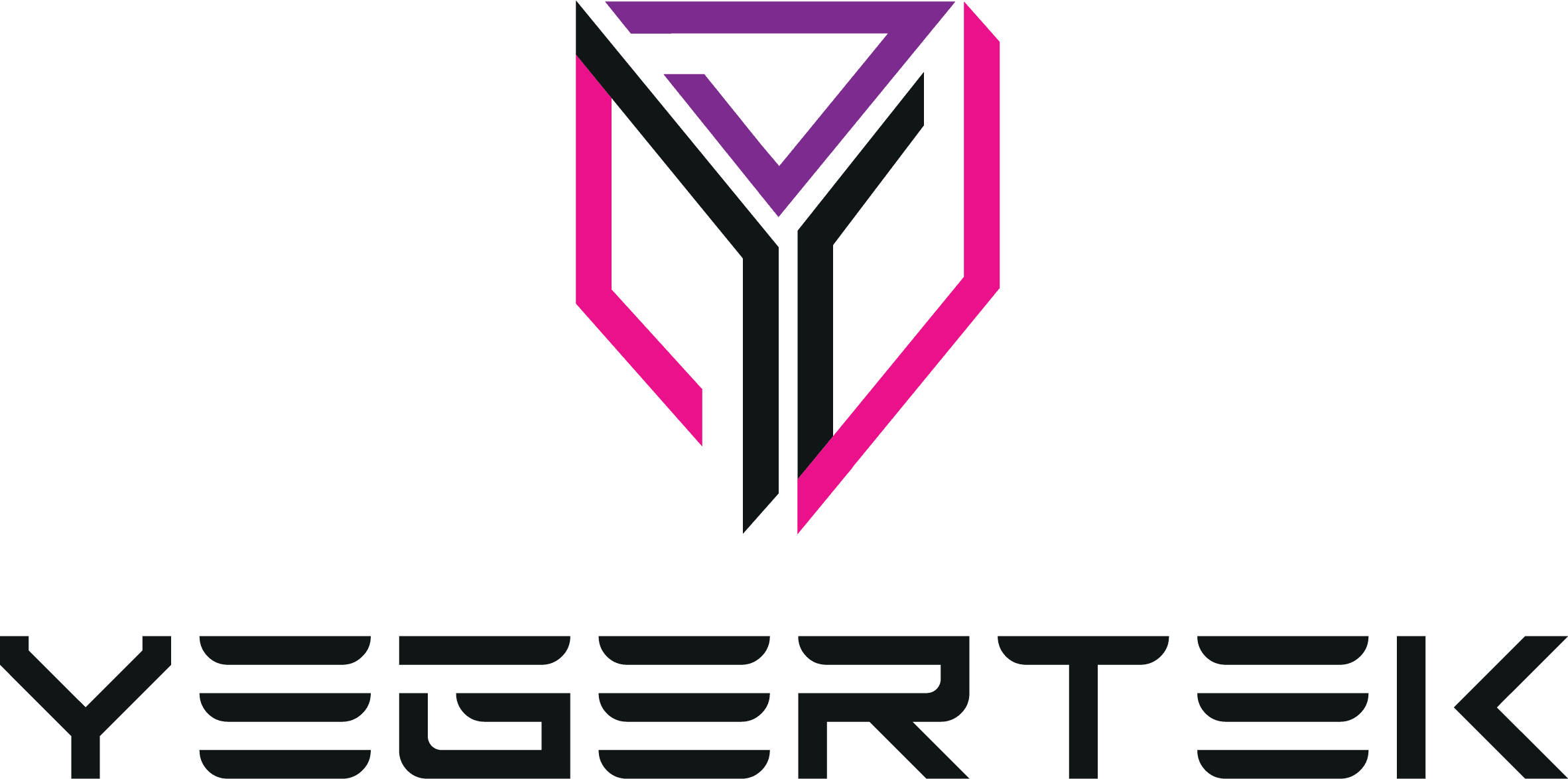
Loyalty programs have become an integral part of modern business strategies, enabling companies to foster customer loyalty, drive repeat purchases, and increase overall profitability.
To ensure the success of these programs, tracking key performance indicators (KPIs) is crucial.
In this article, we will explore the significance of monitoring loyalty program KPIs and discuss nine essential metrics that can help measure the effectiveness and impact of your loyalty initiatives.
Track Business Success with Loyalty Program KPIs
Businesses should concentrate on important measures like customer retention rate, repeat buy rate, average order value, program engagement, and ROI to track company achievement via loyalty program KPIs. Businesses may utilize key information to make data-driven decisions, improve their loyalty program, and make sure it’s in line with their overarching goals.
9 Key Indicator To Measure Loyalty Program Performance
Implement these KPIs, monitor them regularly, and leverage the insights gained to continuously improve your loyalty program, nurture customer relationships, and drive business growth.
1. Member Acquisition Rate
The member acquisition rate KPI focuses on the growth of your loyalty program. It measures the number of new customers who enroll in your loyalty program within a specific time period. A high acquisition rate indicates the attractiveness of your program and the effectiveness of your marketing efforts.
2. Churn Rate
Churn rate measures the percentage of customers who leave the loyalty program during a given period. This KPI helps you understand the effectiveness of your program in retaining customers. By monitoring churn rate, you can identify areas for improvement and implement strategies to enhance program engagement and satisfaction.
3. Loyalty Redemption Rate
Loyalty redemption rate measures the percentage of rewards or benefits redeemed by customers. This metric provides insights into the level of engagement and value customers derive from your loyalty program. A high redemption rate indicates a successful program that motivates customers to actively participate and utilise their rewards.
4. Retention Rate
Retention rate measures the percentage of customers who remain active members of your loyalty program over a specific time frame. This KPI showcases the ability of your program to maintain long-term customer engagement. A high retention rate signifies customer satisfaction and loyalty, leading to increased lifetime value and repeat purchases.
5. Repeat Purchase Rate
The repeat purchase rate KPI calculates the percentage of customers who make multiple purchases within a given period. This metric demonstrates the effectiveness of your loyalty program in driving customer behaviour. A high repeat purchase rate implies that customers are not only participating in the program but also becoming loyal, frequent buyers.
6. Customer Lifetime Value (CLV)
Customer lifetime value measures the total revenue generated by a customer throughout their relationship with your business. CLV is a crucial loyalty program KPI as it determines the long-term profitability of your customers. By tracking CLV, you can identify your most valuable customers and develop strategies to enhance their loyalty and maximise their lifetime value.
7. Average Order Value (AOV)
The average order value KPI provides insights into the average amount customers spend per transaction. It helps you understand the impact of your loyalty program on customer spending behaviour. By encouraging higher AOV through targeted offers or rewards, you can increase the overall revenue generated by your loyal customer base. this is best for ecommerce.
8. Incremental Margin
Incremental margin measures the additional profit generated from your loyal customers compared to non-loyal customers. This KPI reflects the financial impact of your loyalty program on your business. A positive incremental margin indicates that your program is successfully driving additional revenue and profitability.
9. Refunds
The refunds KPI represents the percentage of loyalty program rewards or benefits that are returned or refunded by customers. This metric helps you identify any potential issues with your program, such as dissatisfaction with rewards or difficulties in redeeming them. Monitoring refunds allows you to address customer concerns and improve the overall effectiveness of your loyalty program.
Conclusion
Tracking loyalty program KPIs is crucial to understand the success of your initiatives. Measure metrics like member acquisition, churn rate, loyalty redemption, retention, repeat purchase, customer lifetime value, average order value, incremental margin, and refunds for valuable insights. Optimize your loyalty strategy with data-driven decisions for long-term success and customer satisfaction. Implement, monitor, and leverage these KPIs to improve your program, nurture relationships, and drive growth.



